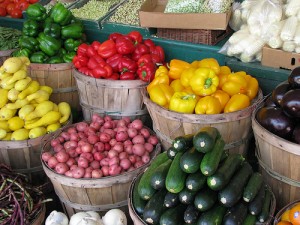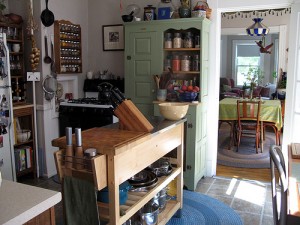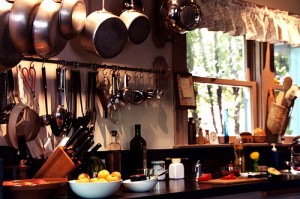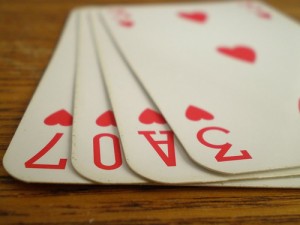One of the biggest myths I hear when it comes to dieting and healthy eating is that it’s too expensive to sustain on a frugal budget. This absolutely isn’t the case. In fact, many of the eating habits that are good for your body are also good for your budget.
Despite being on a limited cash budget, I’ve lost 7 pounds this summer using these frugal, healthy habits.
Eat at home.
It’s a no-brainer, but honestly, the best thing you can do for your health and your bank account is stop going out to eat.
Shop smart for whole foods.
One of the biggest reasons I’m not a big couponer is that we don’t buy processed foods, and coupons aren’t available for things like produce and fresh meat. While we could get processed items for next to nothing with coupons, I compare nutritional value. You’ll get more nutritional bang for your buck by shopping for fresh produce and meats.
So how do you cut costs on whole foods without coupons? Shop in season and shop on sale. Fresh fruits and vegetables can get quite pricey, but each week there’s something on special. Plan your meals around these items to maximize your grocery dollars without eating unhealthy processed foods.
Plan your meals and avoid mindless snacking.
Those snack foods will kill your budget and your waist line! When you’re finished with your menu, take a serious look at your grocery list. Eliminate anything that won’t be used for a meal.
Snacks aren’t off limits, they just have to be planned like meals. I buy fruits that are on sale or sometimes cheese if the price is right to eat in a small portion and keep my metabolism up. But the important thing is these snacks are part of my menu plan, and I buy only what I need for the week. Throwing snack foods into the cart because they look good and snacking throughout the day without thinking about it is a good way to pile on dollars and extra calories.
Buy only what you need.
If you’re throwing away a lot of food at the end of the week, you’re not only spending too much, you’re also giving yourself too many options. One of the biggest mistakes I made is buying a huge variety of foods to allow myself a lot of options. However, studies show that when people are presented with lots of options, they tend to eat more. Eliminate the temptation and the waste by making a menu plan and sticking to it.
Eat less.
Two years ago when I lost 40 pounds, the first big realization I made was just how many extra calories I was consuming each day. The truth is, a lot of people are eating much more than is necessary to stay healthy and fuel their bodies. You may have to spend more on whole foods, but if you’re not snacking on processed foods in between and you’re eating the right amount at meals, it will even out.






